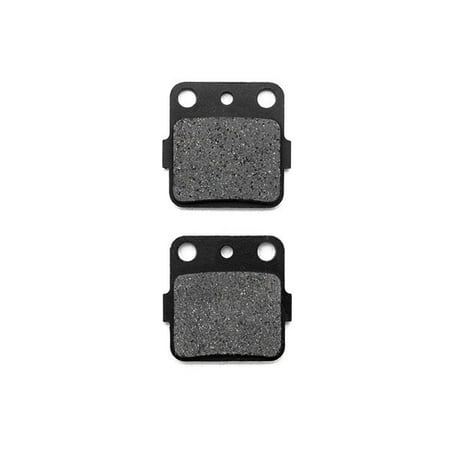02-05 Dodge Neon 2.0L Engine Motor Mount Set 3PCS for Auto Trans MK2947 MK2948 MK2949 M131
Brand New Engine Motor Mount Kit Set 3pcs. Vehicle Fitment: 2000 – 2005 Dodge Neon 2.0L Front Right & Trans Mount Set 3PCS. – For Auto Trans. Kit Contents: This Mount Set has 3 Motor Mounts. – A2948 / 2948 / MK2948 : Front Right Lower Mount. – A2949 / 2949 / MK2949 : Front Right Upper Mount. – A2947 / 2947 / MK2947 : Rear Mount. Warranty: limited 5 year warranty free one time replace. Discount shipping on multiple items, please contact us for details.Compatibility info provided only for US models.






Reviews
There are no reviews yet.